Pickup Trucks 101: Trailer Brake Controllers
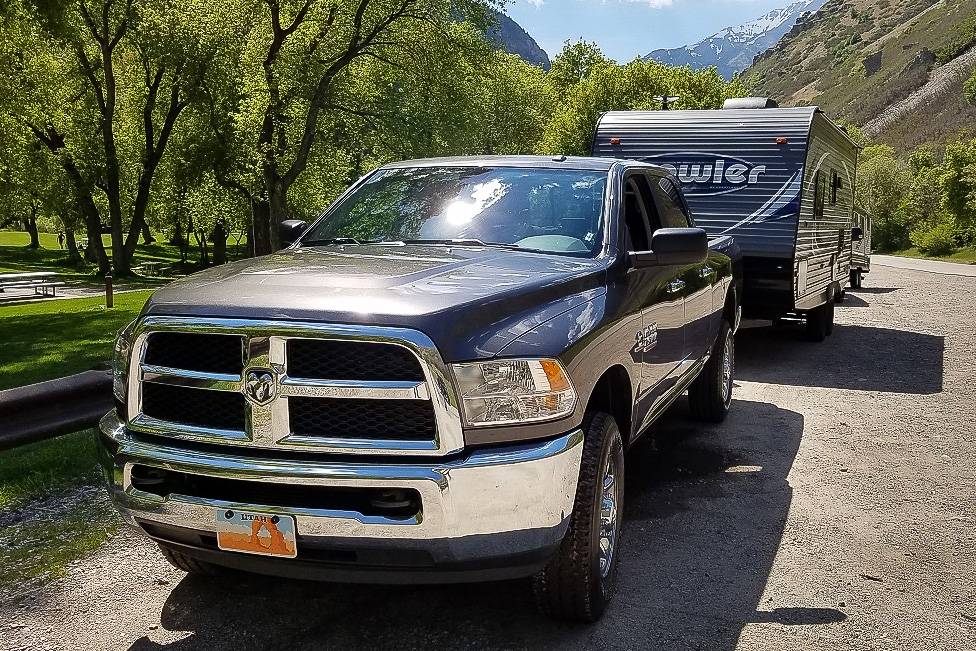
It’s imperative to have a trailer brake controller when towing a trailer that has electric or electric over hydraulic brakes. In most states, an adjustable trailer brake controller is required when trailers weight more than 3,000 pounds when loaded. But exactly what are a trailer brake controllers, and how do they work?
What Are Trailer Brake Controllers?
Trailer brake controllers are devices that apply the trailer brakes based on driver input. They are activated once the brake pedal in the tow vehicle is pressed. Most also have a way to manually activate the trailer brakes separately from the tow vehicle. This is especially helpful for controlling trailer sway, dealing with inclement weather or loose-gravel driving. One thing all controllers have in common is that they have an adjustable voltage output; this allows the amount of gain, or braking force, to be set according to the type of trailer, weight of the trailer and weather conditions. With an empty trailer, the braking force should be low to avoid locking up the brakes and ruining the tires or losing control. With a trailer near its maximum payload capacity, the braking force should be high to keep the stopping distances as short as possible in case of emergency situations.
Related: More Pickup Truck News
There are three common types of trailer brake systems used on light-duty vehicles: surge, electric and electric over hydraulic. Surge brakes are typically used on boat trailers and don’t require the use of a trailer brake controller; all the necessary adjustments are automatic and typically sit inside the trailer. Electric trailer brakes are the most common type; they’re found on most travel and work trailers. Electric over hydraulic brakes provide stronger brake pressure than electric brakes and therefore are used on larger, heavier trailers; they typically have disk brakes but can use drum brakes as well. Not all brake controllers work with electric over hydraulic brakes, so be sure the controller you choose is compatible with your brakes.
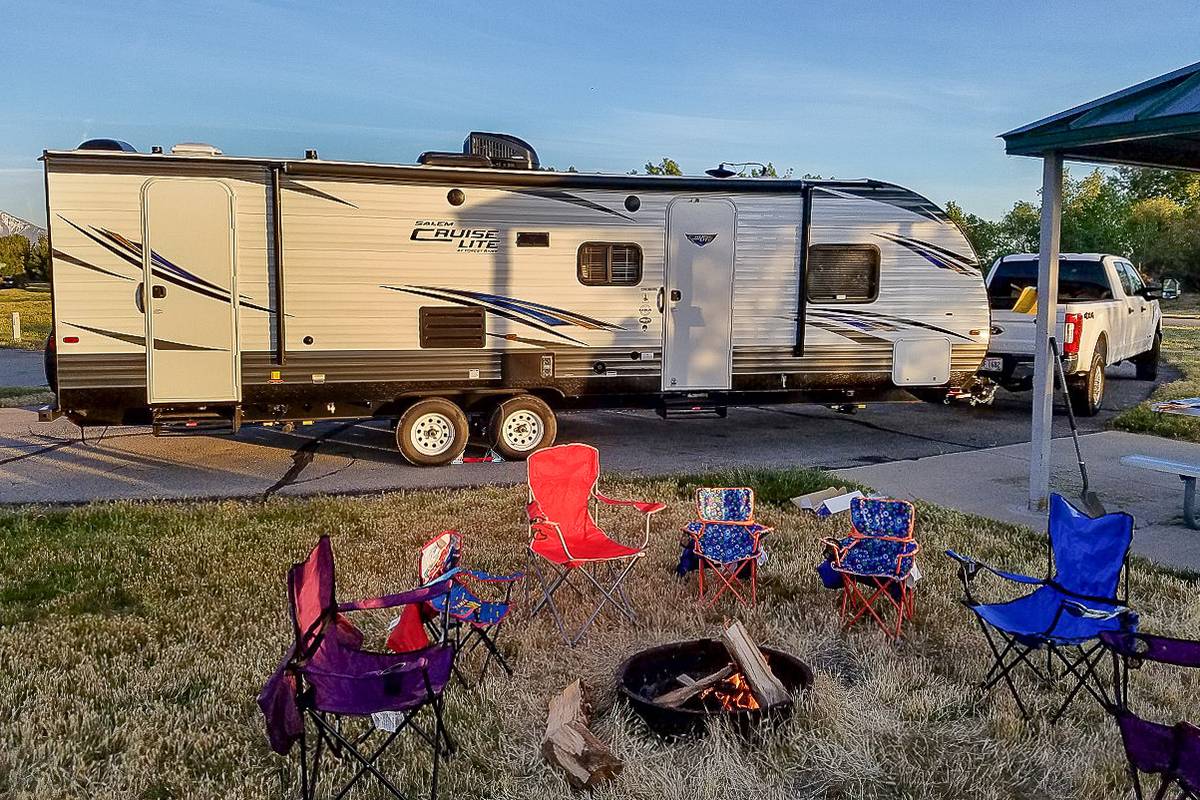
How Do Trailer Brake Controllers Work?
There are a variety of trailer brake controllers on the market today, but three types are the most common: time delay, proportional and factory.
Time-delay brake controllers
These function the same every time. They ramp up from a minimum amount of voltage output (from your braking force) to the maximum set by the user. Along with being able to adjust the maximum output, many time-delay controllers have an adjustable time delay, so the time delay can be short or long depending on what you want or are most comfortable with. Sometimes, time-delay controllers have a minimum output that can be set (called boost) usually based on a percentage of the maximum setting. For example, if the maximum output is 12 volts and the minimum is set to 20 percent of that, then the braking force that is applied upon pushing the brake pedal would be 2.4 volts.
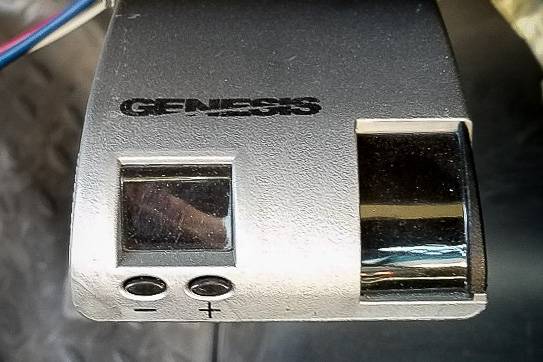
Time-delay controllers are typically the least expensive, and they also perform consistently and work as designed in most situations. They can be mounted in any orientation since there are no internal moving parts. They are often the best choice for vehicles that are rough riding, such as medium-duty trucks.
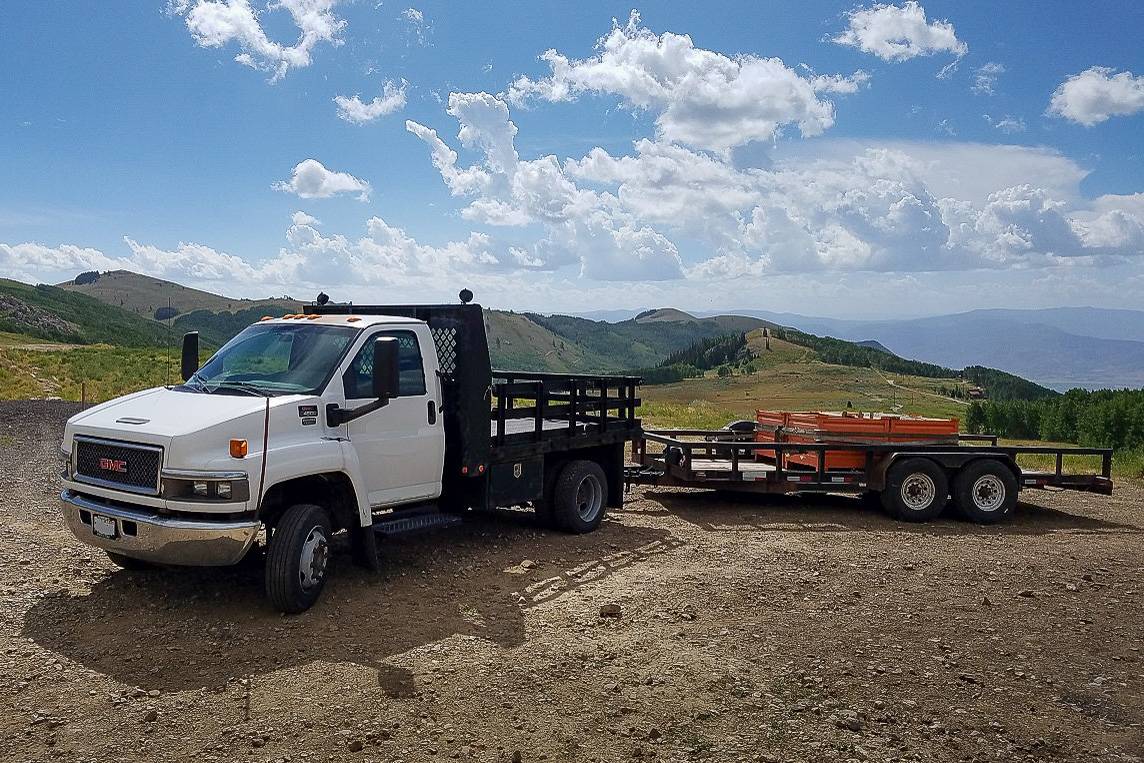
Proportional trailer brake controllers
These use an internal pendulum or accelerometer to determine how much braking force should be applied. They typically function much smoother than time-delay systems, and when properly set, drivers can brake as they would without a trailer attached. Most offer three areas of adjustment: gain, minimum output and sensitivity of the sensor(s). Sensitivity adjustments allow the brakes to be applied based on the tow vehicle’s braking abilities. Some offer additional settings for specific trailer setups such as the number of axles, type of brake system and boost settings.
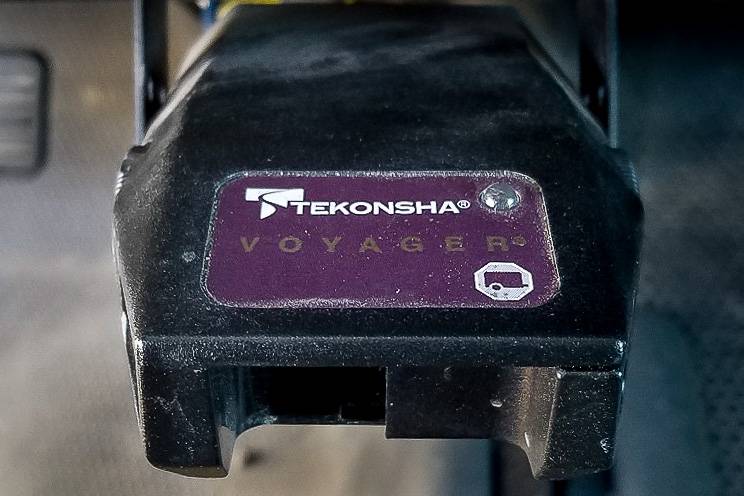
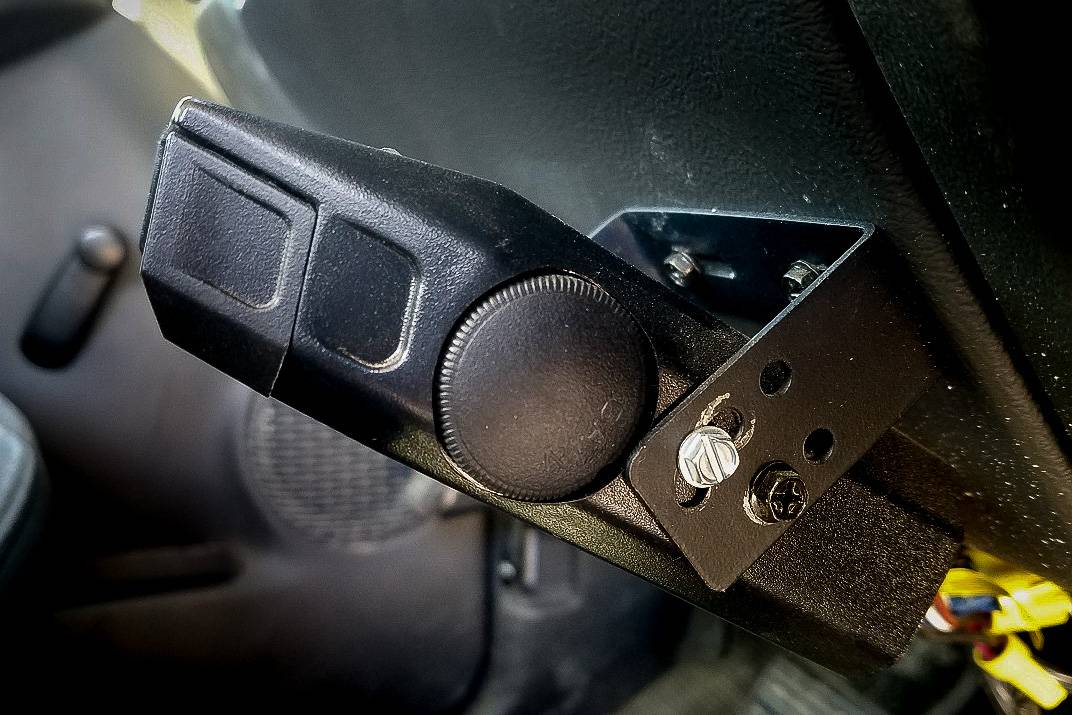
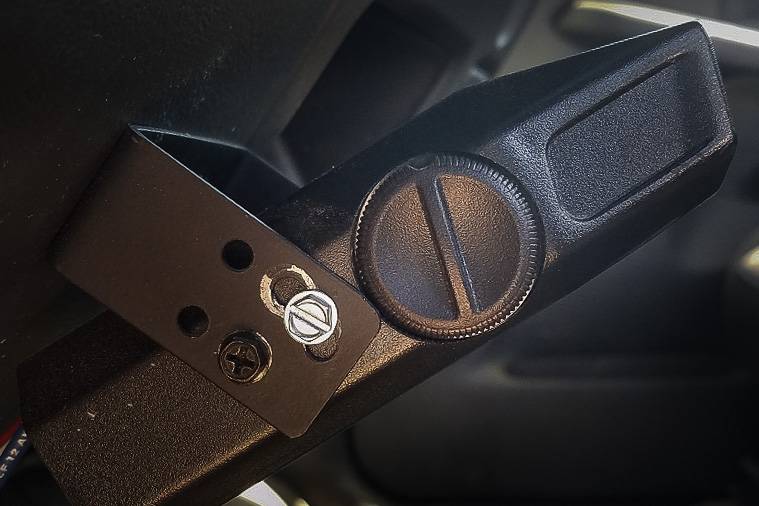
Prices have come down significantly for proportional controllers, but they typically cost a little more than time-delay controllers. Some high-end models can be mounted in nearly any position, but many are limited to being mounted flat, level side to side, and within a certain angle up and down. When used with vehicles that have a stiff suspension and bounce a lot, proportional controllers can become jittery and apply the brakes with more force than needed when hitting a bump while braking.

Factory trailer brake controllers
These controllers are typically the best for most situations because they’ve been tuned for the tow vehicle. They work by sensing how much the brake pedal is depressed and apply the trailer brakes equal to the tow vehicle’s brakes. The gain is still adjustable to dial in the perfect braking performance for any given application. This allows for smooth and consistent braking every time they are used. Besides being truly proportional, factory systems typically offer multiple trailer settings. Rather than adjusting each time a different trailer is hooked up to your pickup, simply select which trailer you are towing on the vehicle’s computer and it’s ready to go. One of the best features of a factory-installed trailer brake controller is that it allows the tow vehicle’s computers to help control trailer sway. When your pickup detects trailer sway, it can automatically apply the trailer brakes and vehicle brakes to correct the sway. The driver can then safely stop and adjust the loading of the trailer to prevent further sway.
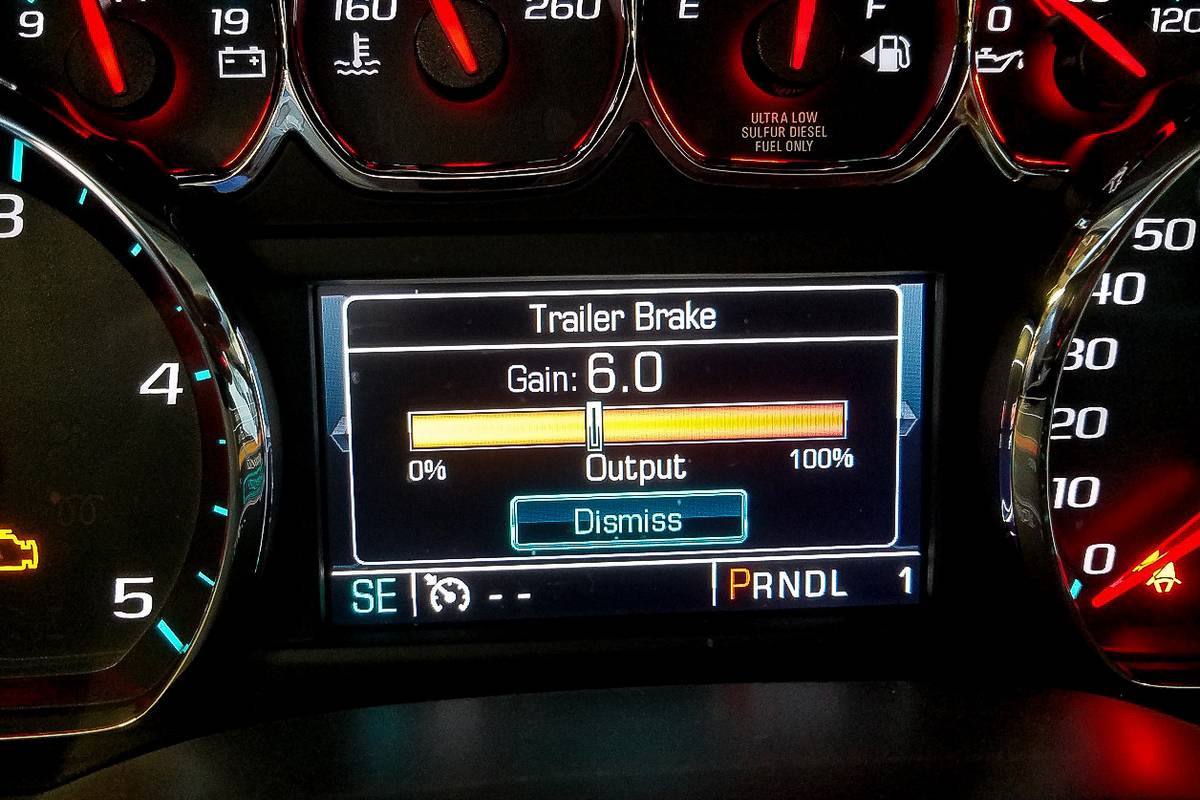

While most new factory trailer brake controllers work with electric over hydraulic brakes, that wasn’t the case as little as five years ago. If your trailer has an electric over hydraulic braking system, check that the factory controller works with your trailer’s braking system.

Summing Things Up
While using trailer brake controllers will drastically improve braking performance when towing, some systems are better suited for certain applications than others. Understanding how different types of trailer brake controllers work will greatly improve the chances of getting the safest system for your vehicle. Having properly functioning trailer brakes is one of the best ways to improve safety and have a more comfortable towing experience.
Cars.com’s Editorial department is your source for automotive news and reviews. In line with Cars.com’s long-standing ethics policy, editors and reviewers don’t accept gifts or free trips from automakers. The Editorial department is independent of Cars.com’s advertising, sales and sponsored content departments.
Featured stories


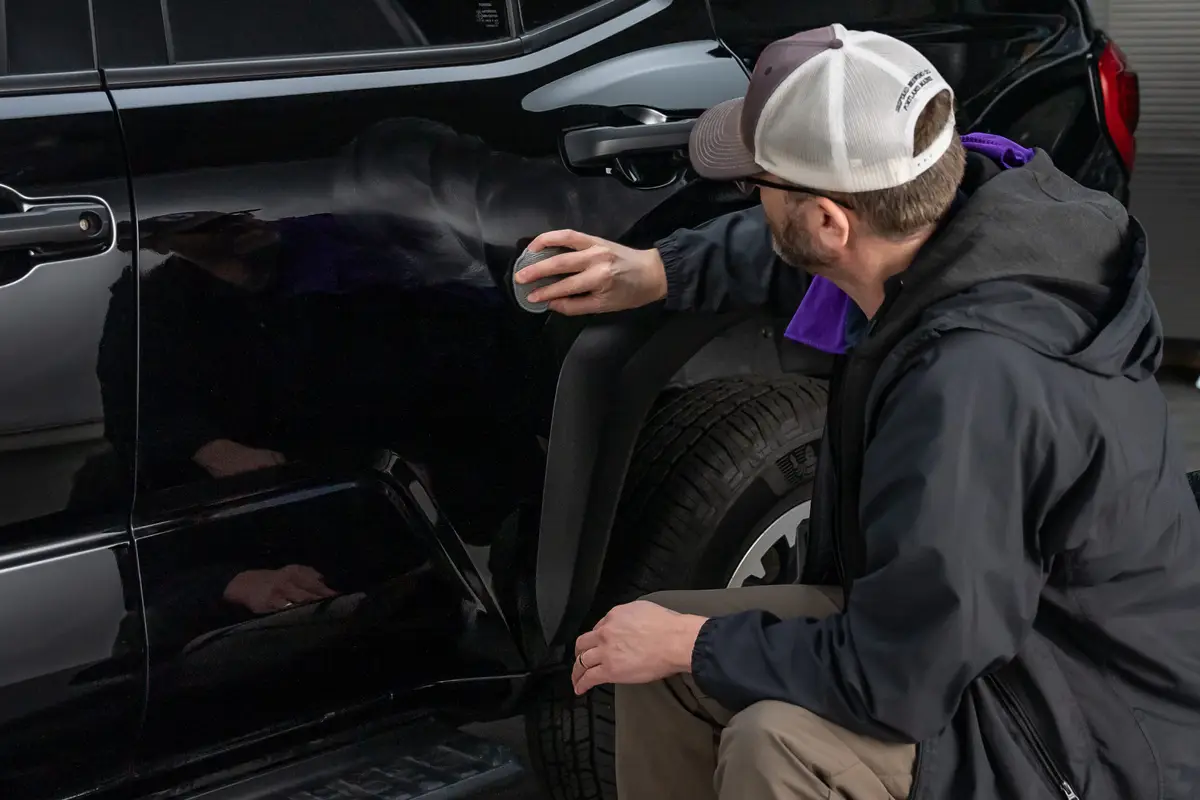
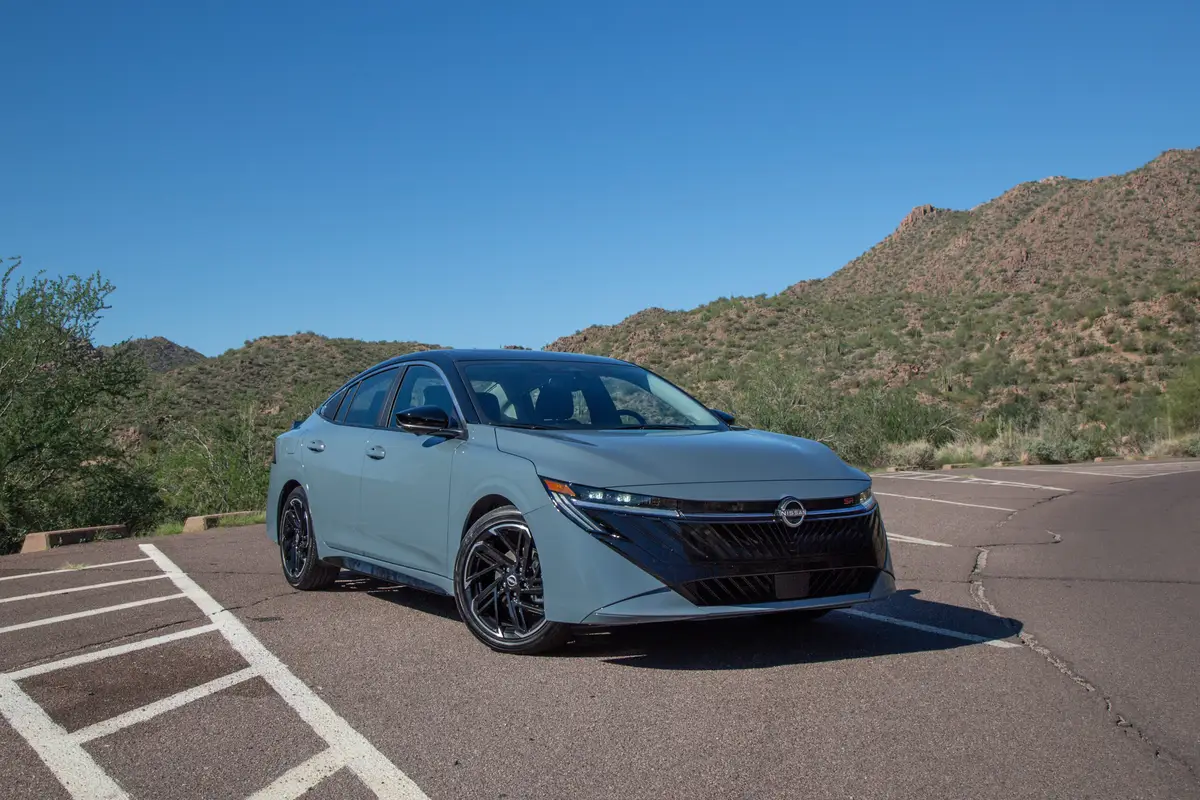
2026 Nissan Sentra Review: Long Live the Sedan

